Continuing Report Part 1 – now to Doepfer. The A-100 monster modular system was stuck in a back corner of the Alex4 stand. Just looking at a system like this is food for the eyes, of course. And discovering even most of its musical potential would take a life time.
New A-100 modules include the revised version of the voltage controlled mixer A-135 (now called A-135-1), the new shrunk version of the popular multiples (A-180-2, now only 2 TE wide), the polyphonic USB/Midi-to-CV/Gate interface (A-190-5) and much more – see www.doepfer.de.
Some of the new A-100 modules are already available. Others (see those on exhibit) are still prototypes to whet your taste. The A-157-1 8×16 Trigger Matrix, for instance. Amazing the successful integration of the 9 HE (!) trigger-sequencer Schaltwerk into a 3 HE eurorack module. Using the tiny matrix really works, we’ve tried it.
Naturally, interest is mainly drawn to the MAQ 16/3 Dark Edition sequencer (along with the Dark Energy II and the Dark Time sequencer). That black-silver appearance is beautiful. Purely classical.
The big advantage of fares – along with the exhibited products – is the number of great people you can meet there. By chance or on purpose. We met Yves Usson (the guru of Do-It-Yourself, left) and Dieter Doepfer (center), who readily agreed to this snapshot …
Our encounter with Yves Usson leads us in consequence to the French manufacturer Arturia. President Frédéric Brun welcomed us and made a private presentation of a product that the MiniBrute company will release by the end of the year. What it is, we’re not allowed to tell. But it is obvious that analog hardware from Arturia is going to be a leader on the music market in the coming years. 2014 should be especially exciting …
The little monophonic synth MiniBrute dominates the stand and the market. Frank Orlich from German distributor Tomeso personally offers demonstrations and explanations.
Just around the corner we come face to face with a flashy yellow synth. Sledge from the Italian producer StudioLogic almost scores a major hit. On the one hand the combination of (virtual) analog / wavetable oscillators with multimode filters, LFOs, arpeggiator, etc. is noteworthy (the sound is astonishing). On the other hand the plastic surface – and those big plastic knobs – lends it a cheap feeling.
But let’s stick with the inspiration that yellow gives us and throw a quick glance at Casio. Its XW-P1 synthesizer has a very unusual look here. Here again, truism is confirmed that the appearance and tactile qualities of an instrument have a decisive influence on its success on the market. You can like the low price and the very respectable sounds of this synthesizer line, but even so its appearance is something you have to get used to.
A great counterexample is Waldorf: stylish, well made-out, tactily high quality. That’s what makes a high quality synthesizer. The number of visitors at the stand is an indication of the customer-friendly instruments. The Blofeld and the Rocket are the highlight, naturally.
Finally, we come to the Pulse 2 synthesizer. Of course the instrument looks good. The new Waldorf products have a fresh touch! Even though the orange / dark grey of the Blofeld spontaneously evokes memories of the late ARP product line. But back to Pulse 2: its 3 oscillators, multimode filter, filter FM- and ringmodulation-possibilities are a pledge for a strong analog synth.
The Waldorf Zarenbourg (still available) is a feast for the eyes. The instrument convinces us acoustically, too, thanks to the good samples and high quality internal amplification system. A joy to play. See our Zarenbourg test report.
Let’s have a look at Yamaha. The big player in the music instrument branch has been more active recently. Well, grooming a product that’s been on the market for 10 years is a better way of putting it. And look! The MOX Music Workstations are here. The MOX8 has 88 weighted keys, the MOX6 has 61 lightweight keys.
Savour these slogans: “inspiration meets integration” (like: drop everything and just make music). “Connectivity meets mobility” (like: drop everything, get in your car and take your synth with you). And no, we’re not talking about contracts for smart phones … or?
Back to simple objectivity – and away again – try this:
“The new MOX series combines a MOTIF XS sound engine, a MIDI keyboard controller with extensive DAW and VST control, multi-channel USB audio interfacing, onboard sequencing, and an extensive DAW / VST software bundle.”
Enough words, let’s get down to the nitty-gritty. The formular for a workstation has remained unchanged for years: synthesizer + samples + sounds + sequencer. With internal recording, USB and many other refinements, naturally. The 6,720 arpeggiator patterns are especially impressive (… so, who of you is going to try them all?).
Features:
- 1,217 Voices and 355 MB of waveforms taken from the MOTIF XS
- XA (Expanded Articulation) tone generation system
- More than 256 Performances
- Virtual Circuitry Modeling (VCM) effects
- 6,720 arpeggiator patterns and the 4 part interactive arpeggio engine
- Direct Performance recording
- Performance Creator for quick setting of Splits, Layers, and Drum Parts
- Comprehensive sequencer including step recording
- New developed 61-key semi weighted keyboard for MOX6
- 88-key Graded Hammer Standard for MOX8
- Built-in 4-in 2-out USB Audio/MIDI interface
- Bundled with YC-3B Organ Emulator soft synth, Prologue analog synth, and Cubase AI
- Advanced Integration with PC
And here a video that demonstrates the performance mode of the MOX series::
Further information see:
http://de.yamaha.com/de/products/music-production/synthesizers/mox_series
Now we take out our handy machete and fight our way through the electronic drums, silent pianos, brass instruments, and the magic Bösendorfers (a recent Yamaha aquirement) until we find ourselves in front of the showcase with the hightlights of historic Yamaha keyboard developments: a very early Yamaha Organ from 1905 (!), the DX-7 (of course) and – how else could it be – the imposing CS-80.
Let’s stick with the classics for a minute and take a look at the SynMag (Synthesizer Magazin) stand. That Vintage Synthesizer exhibit really impresses. Everything from the Yamaha CS-15 and the rare CS-30L …
… to the gorgeous Oberheim OB-8 …
… and in the end to the Sequential Prophet-5 and Rhodes Chroma. The PPG corner is especially remarkable with its PPG 1020, Wavecomputer, PPG 2.3 (with Waveterm) and the PPG 300 Modular System … real treasures for admirers of vintage classics.
So our tour around the Frankfurt Musikmesse is just about over. But wait! MFB has created the Dominion 1 (mentioned earlier). A professional analog synth – big brother of the Dominion X – at an unbelievably low price. We are looking forward to the series production of this synthesizer.
Ah, yes … and there’s a new MFB Drumcomputer, too. The Tanzbär (“dancing bear” …) is an analog drum-computer with step-sequencer and 16 instruments. It has 144 presets, stereo output plus 10 individual outputs and MIDI- and clock-sync.
On the way out we pass the British company Novation. Its hardware synths MiniNova, UltraNova and Bass Station II have created a big stir. We took a closer look at the Bass Station II, which marks Novation’s 21st birthday …
“Bass Station II is an analog mono-synth based on the classic original Bass Station but re-worked for the 21st century. It has two filters, two oscillators plus a third sub-oscillator, patch save and a fully analog effects section. Add a step sequencer, arpeggiator, full sized keys and a powerful modulation section and you have the makings of a synth that is built for bass, but capable of so much more.”
See the Novation Website for further information …
And just a short stop at the most remarkable keyboard controller that has ever been built.
The Continuum Fingerboard from Haken Audio is state-of-the-art for nuanced playing. Sound performance is so sensitive to the touch that the player has the feeling he’s playing on a natural instrument. This is true for lively Tabla (Indian drum) solos, gorgeous Celli vibrato, unusual FX sounds or bombastic Cinemascope pads … the expressive potential of the Continuum Fingerboard is remarkable.
Our Frankfurt Musikmesse 2013 report comes to an end. It was a gratifying experience to be among all those astonishing instruments and to meet all those astonishing people.
___________________________________________________________________
Link: Musikmesse Frankfurt 2013 – Report Part 1
The next Frankfurt Musikmesse is scheduled for
12. – 15. March 2014

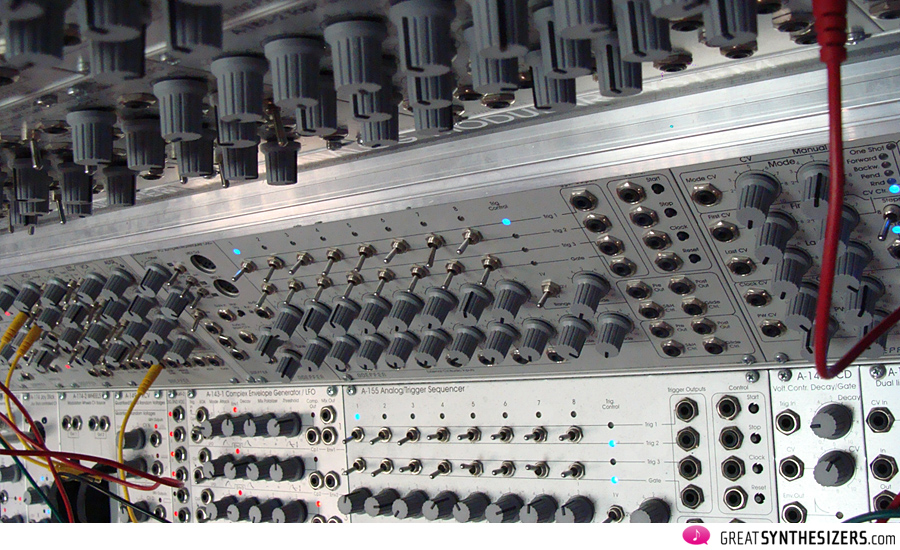


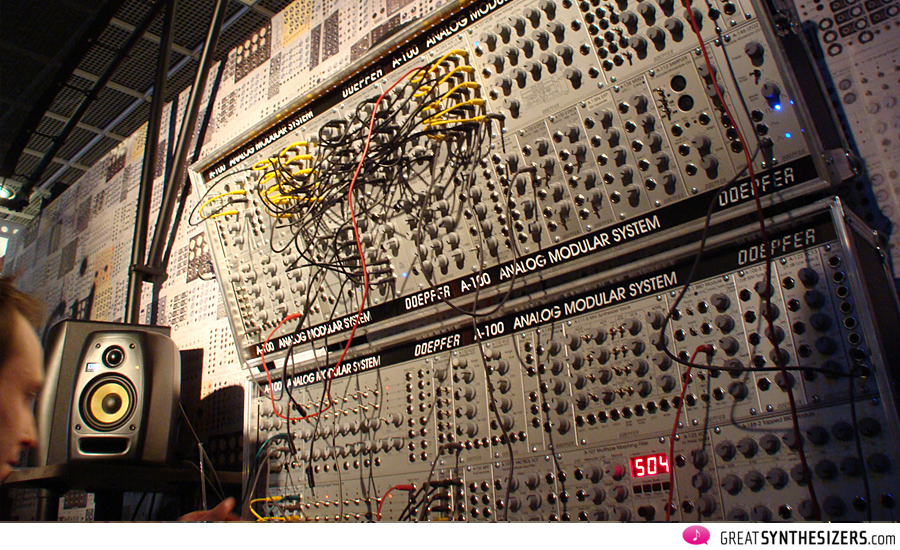
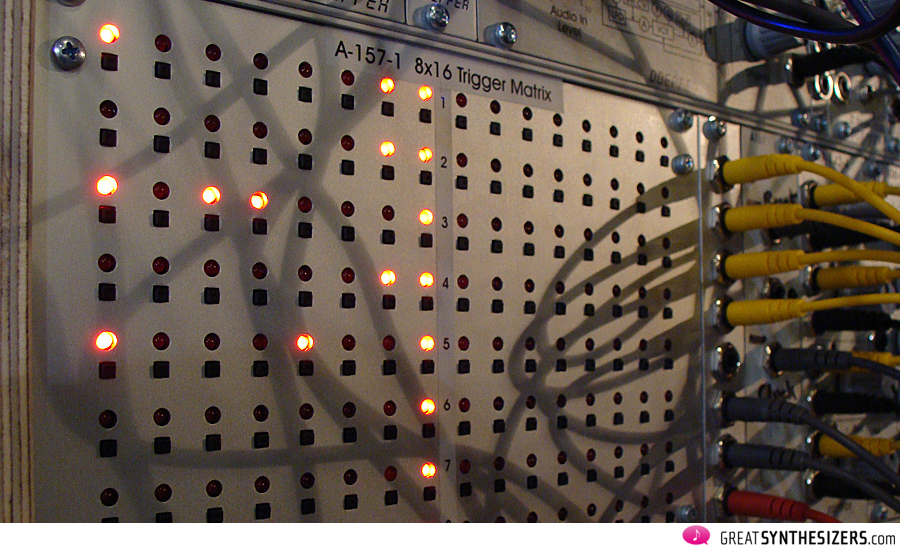
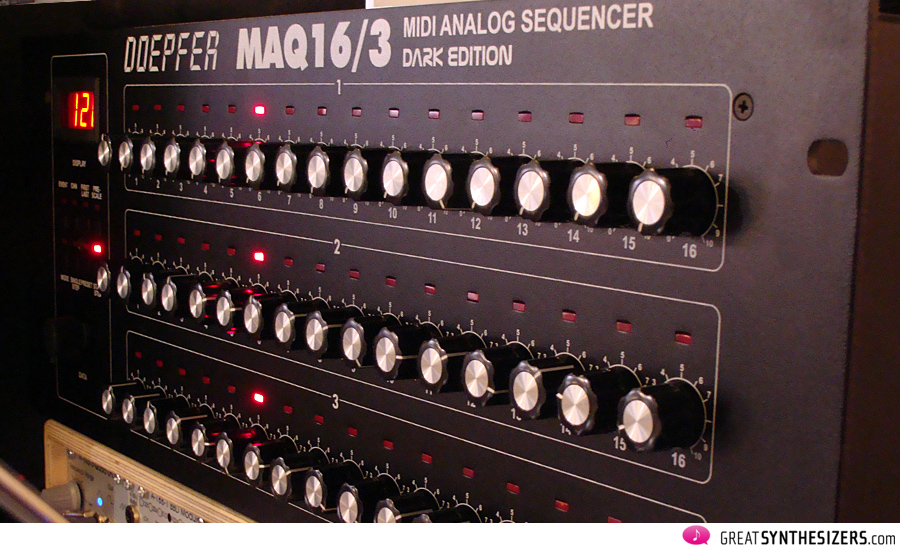

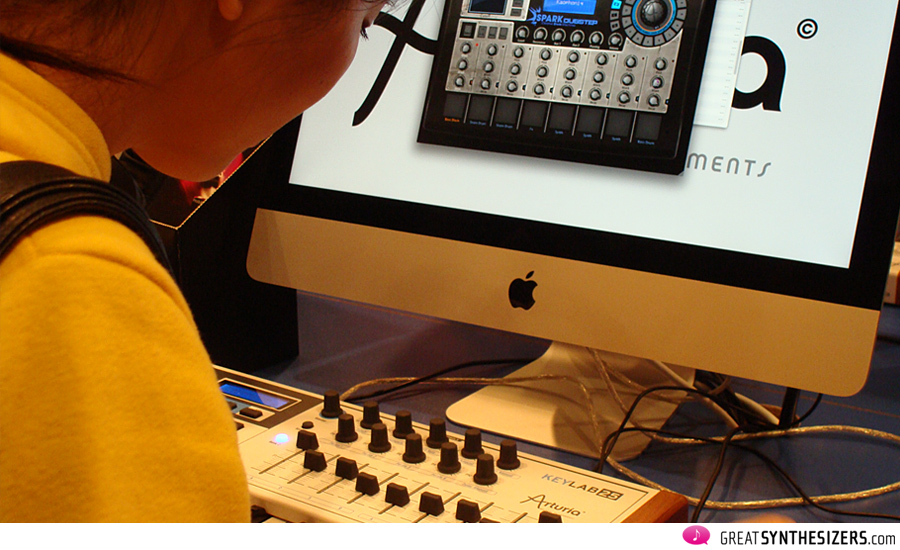

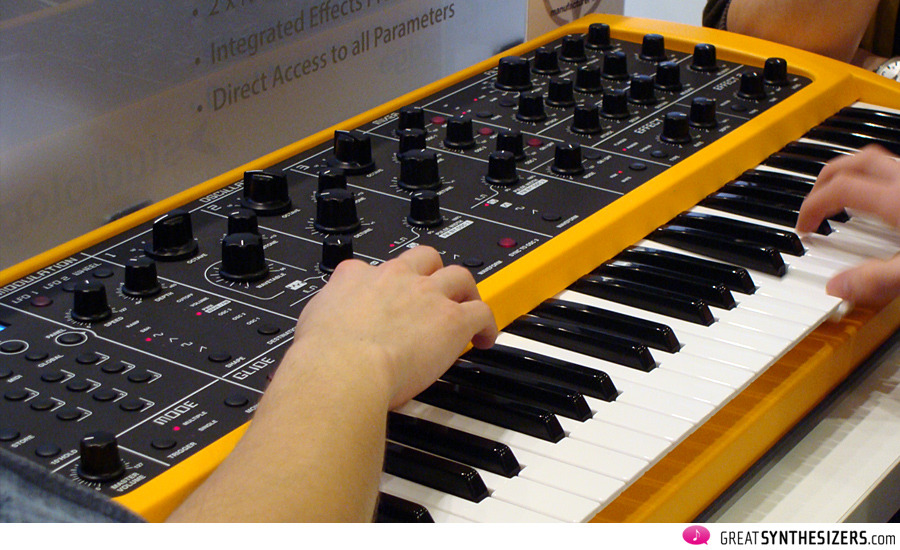


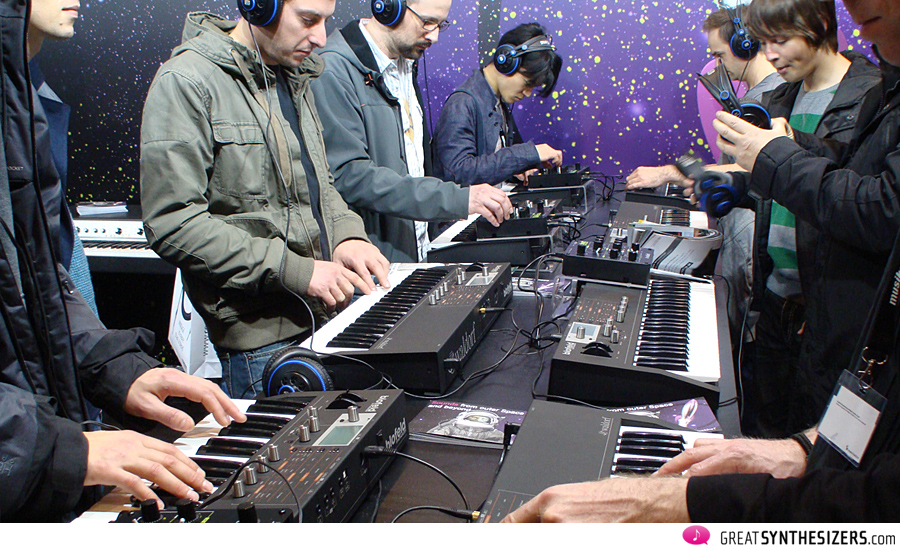


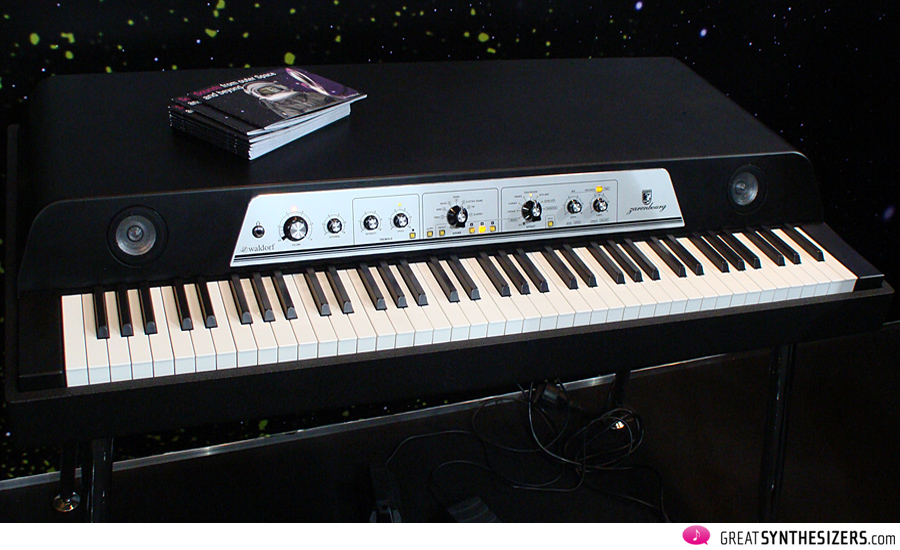

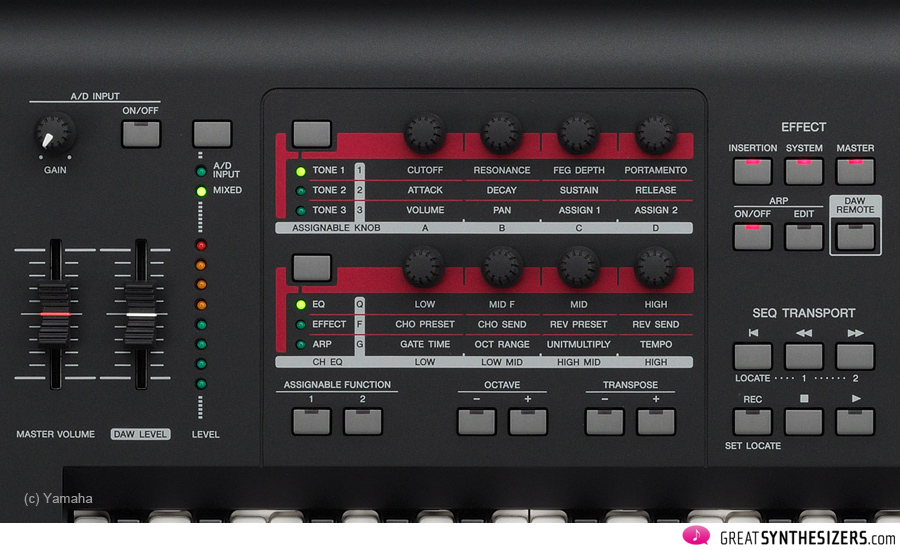

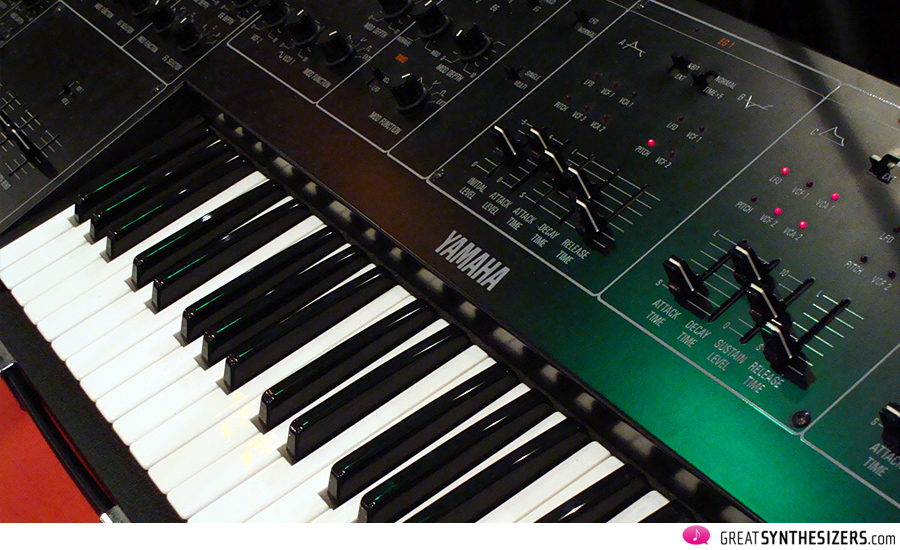


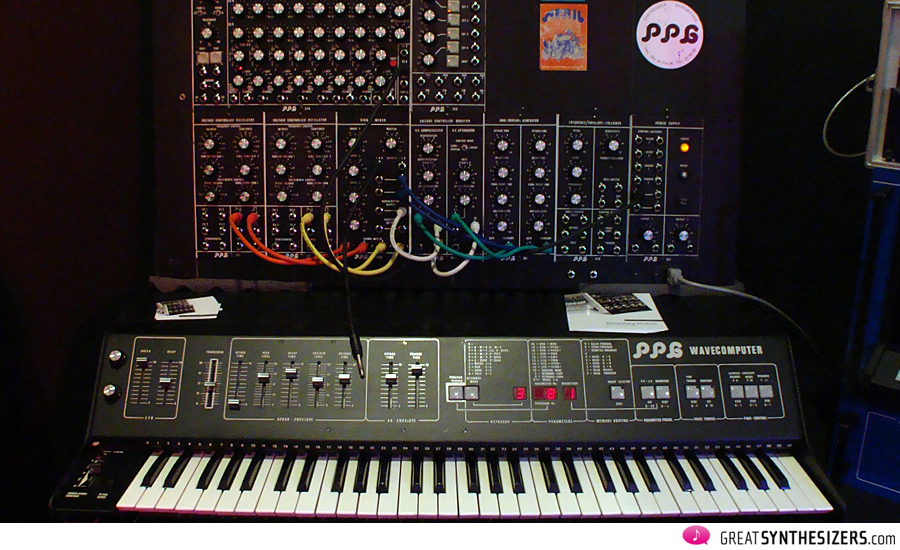


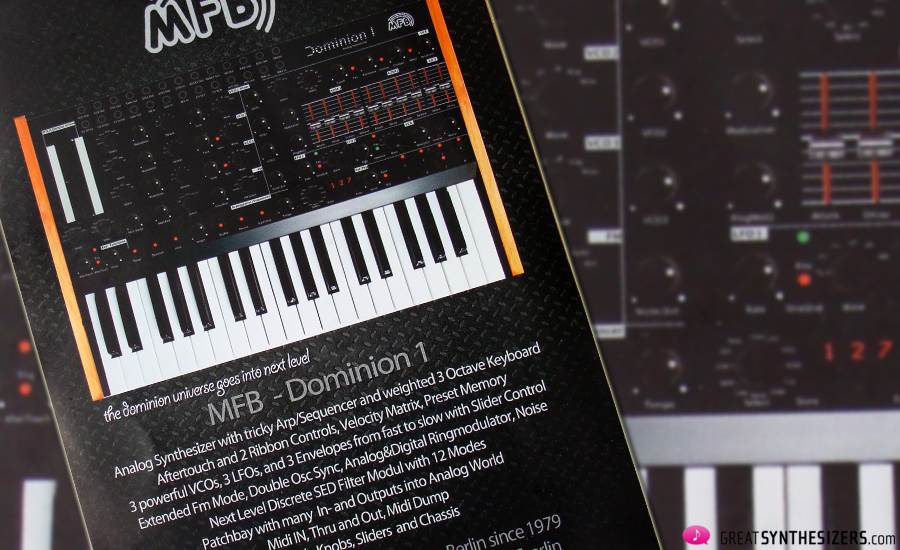
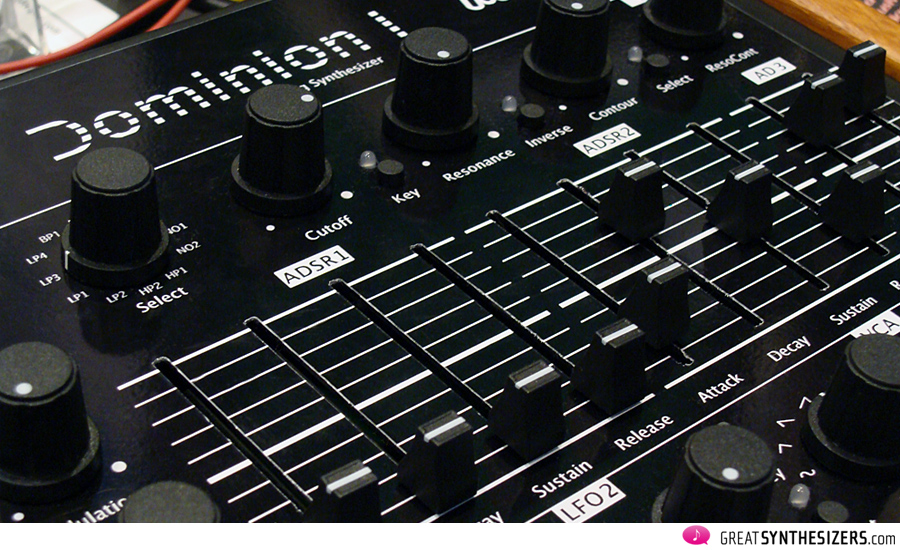
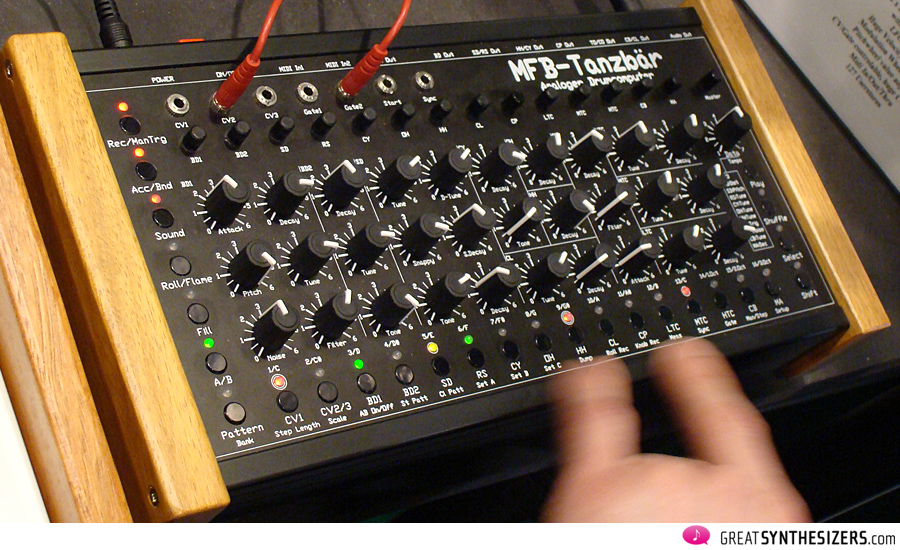
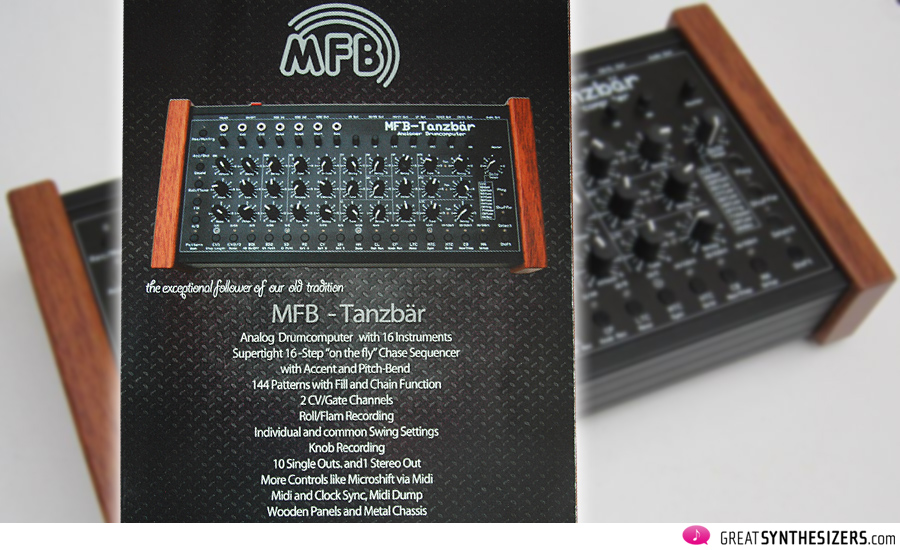
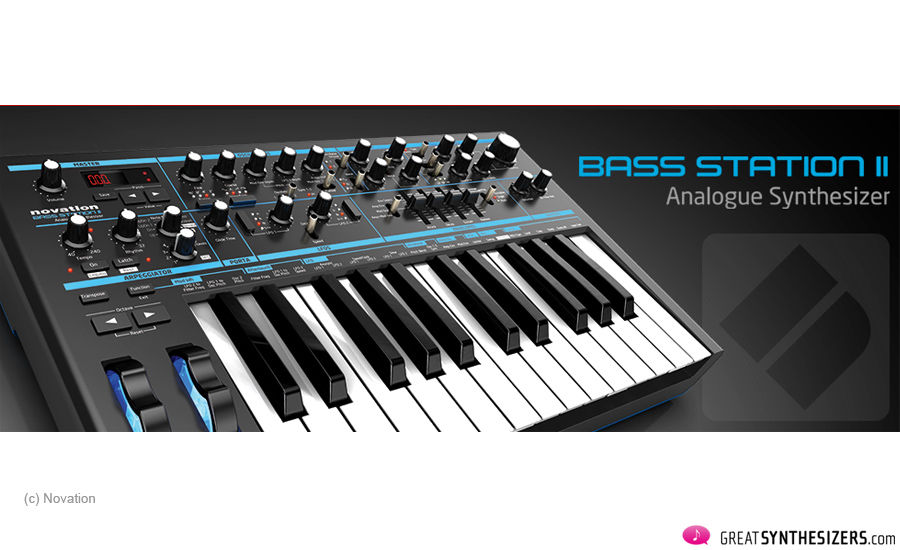
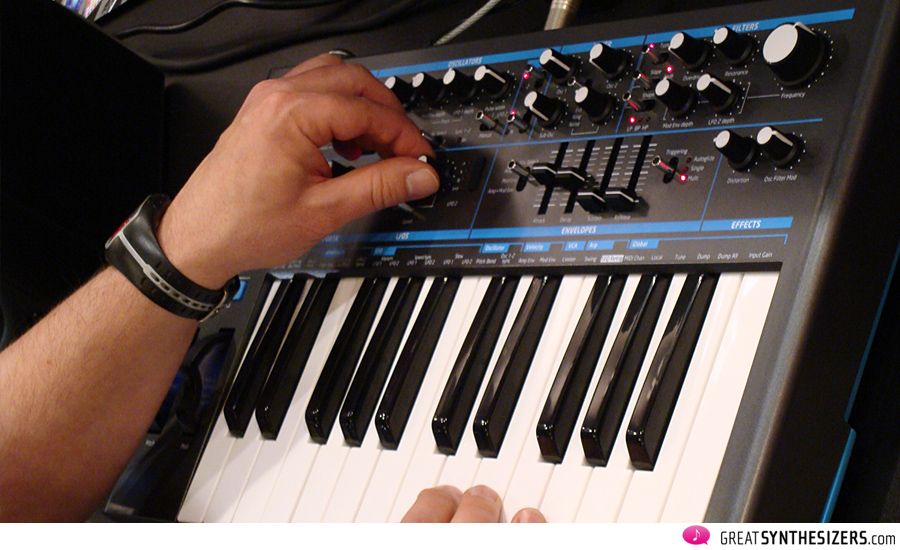
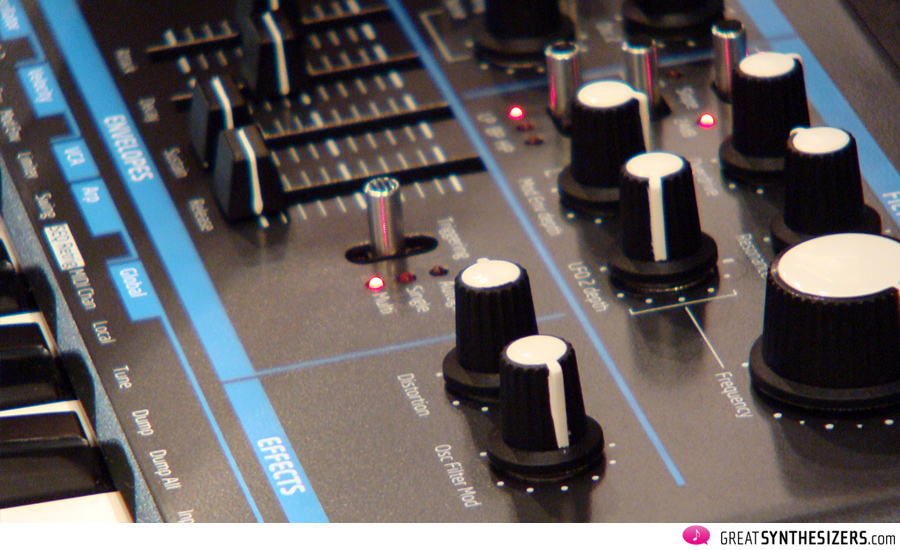
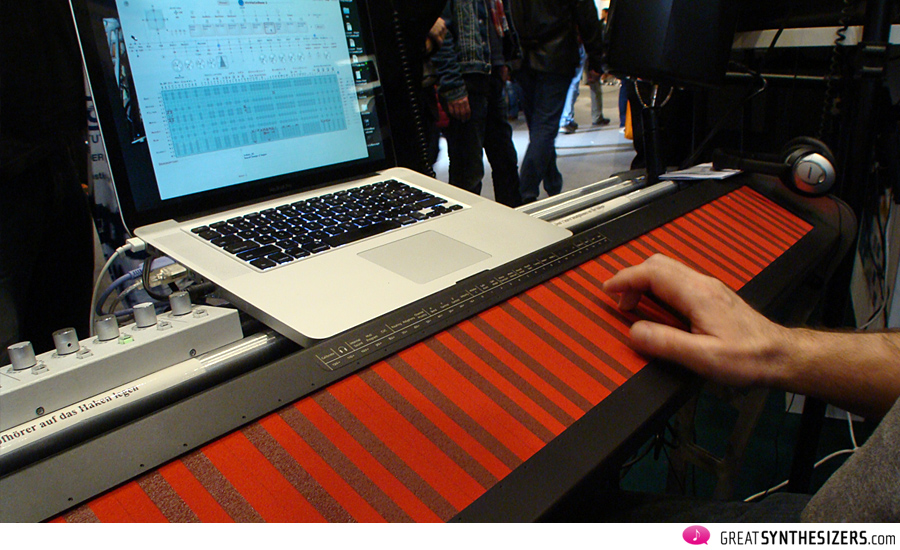
I finally decided that the first analog synth I’ll buy will be the Novation Bass Station II … what did you think of it ? The only sound samples that I found online showcased the harsher part of it, focusing on the overdrive and distortion.
I wondered whether it could also do subtle filtered leads, deep round basses and smoothed-out lfo’ed drones … can it ?
The little funny thing is, we’ll go on tour with my band this summer and I would only be able to have it for one month before the tour starts, so if I could have any information before blind-buying it, it would be amazing.
And the keyboard, how did it feel? Hard, spongy, soft?
Sorry for the multiple (and also possibly annoying) questions, and again, thanks for your reports, sie sehen wirklich blendend aus ;)
Emile
I answered myself, found a new demo, very thorough.
http://www.youtube.com/watch?v=HbLqzq5S_vQ
… knobs, etc – that’s solid hardware. The keyboard feels like any typical lightplastic Fatar keyboard used these days … even in the Moog Voyager etc. I personally don’t like those (somehow slippery) plastic keys of modern keyboards too much … There “are” better keyboards, though … those used in the Access Virus, for example … or in the Schmidt Synthesizer. Anyway … the Bass Station II probably won’t disappoint you. A respectable instrument …
Ah, I see the kind of keyboard. Like an M-Audio Oxygen 25 I own, I imagine … but I actually like it!
Thanks for the answer.